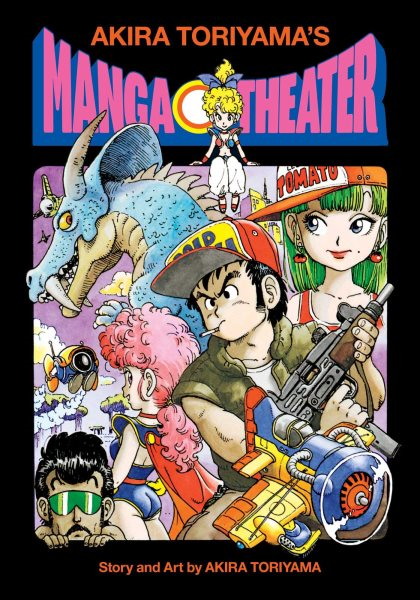Anime and manga are far more mainstream in the United States than they used to be, and Akira Toriyama’s work is a huge factor in that. The Dragon Ball franchise is so well known that a showcase of Toriyama-sensei may seem superfluous, especially given that Dragon Ball Super has raised his renown to the point where even his obscure works are being adapted into anime.
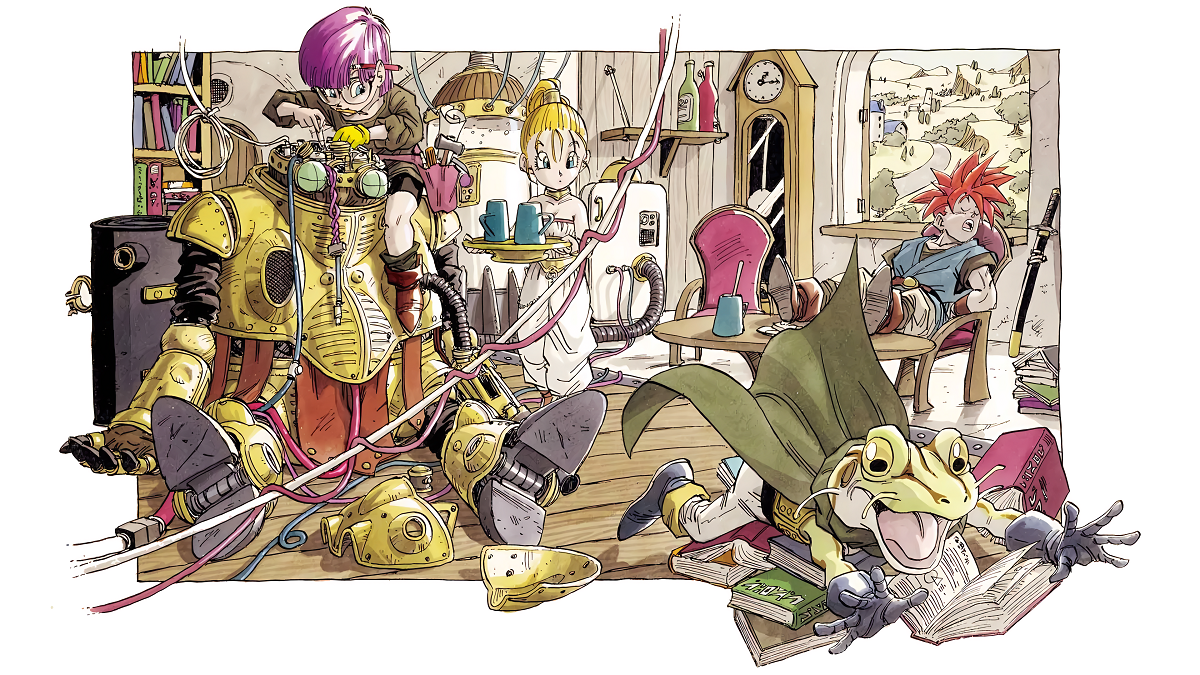
But that’s the thing, Toriyama-sensei has worked in the industry for so long that he has a lot of obscure works. Or, at least, obscure to his audience in the US. So let’s talk about some of those lesser-known works, though we’ll certainly spare a moment to talk about the ones many of you already know, as well. But before we jump in, a few definitions and some notes:
- Mangaka: Japanese term for a cartoonist or comic artist. The term often comes with the implication that the artist is also the writer of the story, in part or in whole.
- Sensei: Japanese honorific. Used most commonly to refer to teachers, it is also used when referring to people who are experts in their field, such as doctors, lawyers or renowned authors. Can be used as a stand-alone title or a suffix to the surname.
- Some of these titles are not currently in our collection, but I included them due to their significance to Toriyama-sensei’s career, or because I found them particularly impactful. If these titles interest you, I recommend requesting them through our interlibrary loan service.
- This post was drafted before Akira Toriyama’s unfortunate passing. Rather than make this post all about that incident, I would like to first publish what I had originally written, then discuss Toriyama-sensei’s passing at the end. Thank you for understanding.
Akira Toriyama’s Manga Theater
This title is not currently in our collection.
It’s common for mangaka featured in Weekly Shonen Jump to get their foot in the door with a few one-shots before they make it to the major leagues of weekly serialization. These artists may also do some one-shots or short series in between ongoing titles. So naturally, a mangaka that’s been working since the 80s has racked up quite a few one-shots and two-shots.
You’ve probably guessed by context that Akira Toriyama’s Manga Theater is a collection of those titles. There’s a lot here, and I’m mentioning the anthology mostly for its value as a historical curiosity, so I’ll just briefly go over the three most noteworthy titles.
Wonder Island is Toriyama-sensei’s publishing debut. A World War II pilot who’s been stuck on an island for 35 years enlists the help of a caveman who wears sunglasses. As you can likely tell from the description, this is a farcical comedy indicative of most of Toriyama-sensei’s career. His most famous work, Dragon Ball Z, known for its heart-pounding action and tense drama, is an outlier in a career that’s filled with poop jokes.
Tomato the Cutesy Gumshoe was published a year before Toriyama-sensei’s first big hit, which we’ll talk about in the next section. Featuring Toriyama-sensei’s first female lead, the titular Tomato is very reminiscent of the female characters Toriyama-sensei would later create.
Finally, Dragon Boy features Tangtong, a martial artist who escorts a princess back to her kingdom. It’s basically a rough draft of Dragon Ball.
Dr. Slump
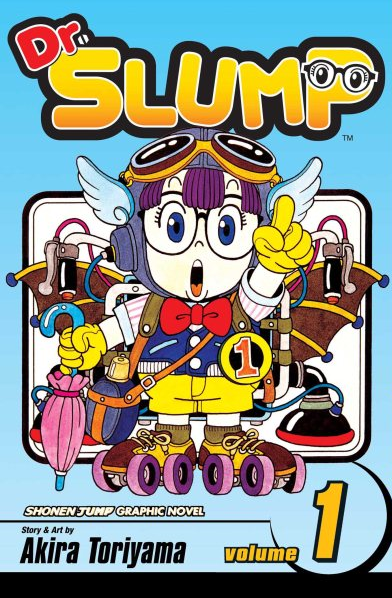
So about those poop jokes I mentioned.
Inventor Senbei Norimaki creates a little robot girl named Arale. He intended to make the perfect little girl. And if you consider little girls with super strength and a total lack of tact to be perfect, then he succeeded. This title has the same silly sense of humor as Wonder Island but proved to have just the right formula for success with its charming lead and a sizable cast of colorful characters.
Running from 1980 to 1984, Dr. Slump was wildly successful in Japan, and its anime adaptation saw even greater success in the same country. In the US, it may lack the mainstream success of Dragon Ball Z, but Dr. Slump remains a critical darling among graphic novel fans.
Dragon Ball & Dragon Ball Z
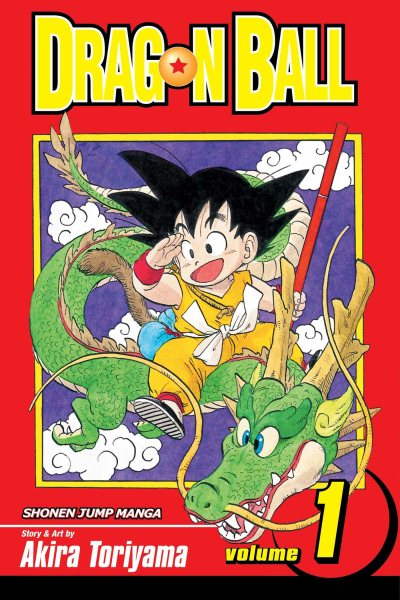
The undeniable reason we’re here today. Based loosely (very, very loosely) on Journey to the West, the original Dragon Ball is the adventures of a young boy, Goku, as he seeks the mystical Dragon Balls on behalf of Bulma to fulfill her extremely shallow wish for the perfect boyfriend. Then, it’s the story of Goku training for and competing in a martial arts tournament. Then, it’s the story of Goku fighting the Red Ribbon Army. Followed by another tournament. Then he fights a demon. And then he fights that demon’s son. And then, in Dragon Ball Z, you find out that the demon he fought is actually an alien. And so is Goku.
Look, the plot is not the reason you read Dragon Ball or Dragon Ball Z. Although these arcs are great, self-contained stories despite the razor-thin connections between them, readers follow this franchise for the characters. Goku is sweet and innocent well into his fifties. Bulma is a bratty teen with a heart of gold who grows to be a caring wife and mother. Piccolo goes from King of Demons to King of Dads in one of the best redemption arcs in the battle manga genre. Despite that genre’s names, many of these titles have a lot of heart and a surprising amount of depth behind their characters, and Dragon Ball is the blueprint for many modern manga in this regard.
Dragon Quest Series
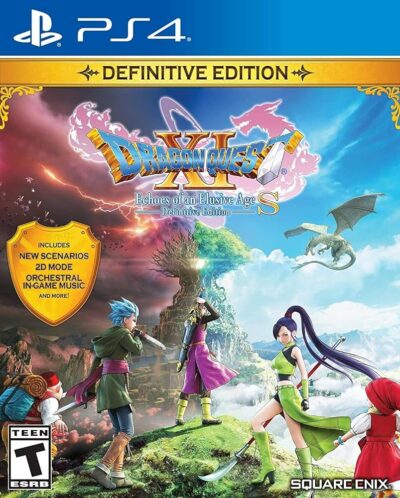
Akira Toriyama has been the character designer for the Dragon Quest games since the series began in 1986. This series features many of the signatures of his art style: robots and vehicles with rounded edges, beautiful yet fierce women and an almost surreal mix of photorealistic clothing and anatomy on otherwise cartoony character designs.
For an art style that many in the US associate as “the anime style,” the intricate and realistic detail with which Toriyama-sensei will draw muscles, clothing, hands, swords and other key parts of a character’s anatomy and costume add a sense of weight, impact and verisimilitude that few mangaka can match. All while still keeping those exaggerated facial features that make his characters so expressive and approachable.
There are quite a few games in the series, but I especially recommend Dragon Quest XI and the expanded port Dragon Quest XI S. Both iterations of the game have the classic turn-based combat of the series, sped up and more dynamic than ever. I adore the cast of characters in this game, and the story kept me guessing what was going to happen next.
COWA!
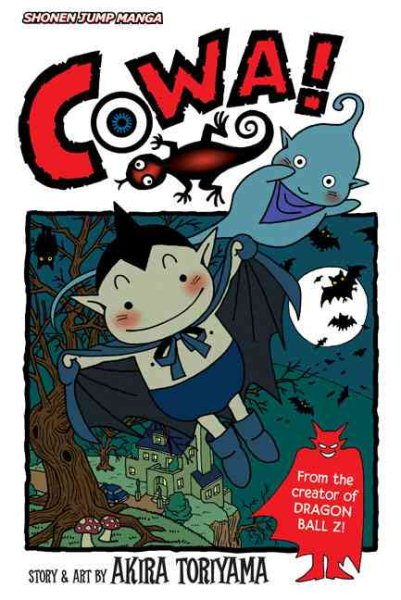
While most of Toriyama-sensei’s works would be classified for teens by most libraries in the US, COWA! is a title appropriate for kids. The Monster Flu threatens a small village filled with monsters of various kinds. Half-vampire Paifu and the ghost José team up with a disgraced sumo wrestler to find medicine for the villagers.
The humor is a bit less crass in comparison to what Toriyama-sensei is known for. And while this title does lean on the comedic side despite its dire premise, there are moments of quiet contemplation I didn’t expect. While Paifu is as much a troublemaker as Arale was—possibly more so—this series overall has a calmer energy to it than Dr. Slump did. I greatly enjoyed it.
Sand Land
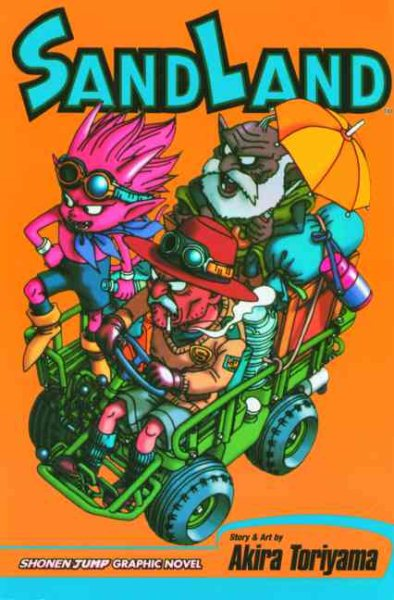
This title is not currently in our collection.
Quite possibly my favorite of Toriyama-sensei’s works, and it’s being adapted into an anime soon (check below for the trailer). Originally published in 2000, its English release came out around 2002; disturbingly perfect timing, as this is a story about a world devastated by war. Years of war and natural disaster have dried up the titular Sand Land’s only river. What little water is left is sold by the government for exorbitant prices. Humans and demons alike are struggling to survive. So, the human sheriff Rao seeks the help of the demon prince Beelzebub in order to find a new supply of water that can be shared freely with the people. They steal a tank to get the job done.
Over the course of the story, Rao learns about lies and betrayals enacted by his government. It’s exactly the story my teenage self needed when it became clear that my government would say anything to justify all-out war in the Middle East. With the anime adaptation coming out later in 2024, the timing is once again perfect for this story to enter the lives of young adults who are frustrated with their government’s actions.
This manga isn’t available in our collection, but you can borrow one of our Rokus to watch the anime when it’s released on Disney+.
Dragon Ball Super
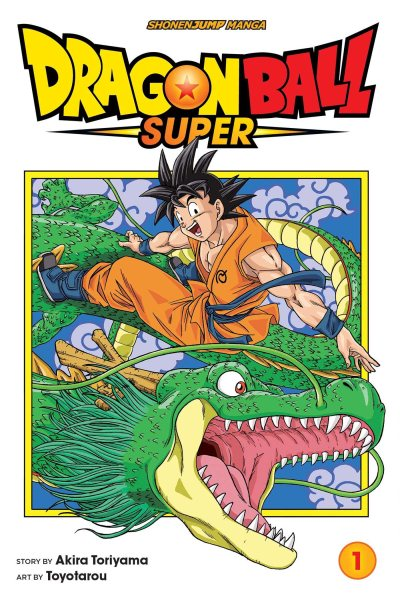
That got a little intense, so let’s end on a fun note. Dragon Ball Super is a continuation of the Dragon Ball franchise that strikes an excellent balance between the silly humor of the original Dragon Ball and the fierce action of Z. Toriyama-sensei returns as the author, while Toyotarou provides excellent art that closely resembles Toriyama-sensei’s works.
The thing I wanted most out of a sequel to Z was to see what Vegeta is like now that he’s no longer the patron saint of toxic masculinity. Super delivers on this, expanding on Vegeta’s redemption arc in small but meaningful ways. Seeing him take on a protégé of sorts and reflect upon his past actions has made the whole series worth it. Meanwhile, Gohan continues to struggle with whether he’s going to be the scholar his mother wanted him to be, or inherit his father’s role as the ultimate protector of the Earth. Gohan and Vegeta are my two favorite characters in the franchise, so I can’t recommend Super enough.
The manga differs slightly from the anime version. Be sure to check out both versions and see which you prefer!
This wasn’t supposed to be a eulogy…
So, ending on a fun note isn’t going to happen. On Friday, March 1, 2024, Akira Toriyama tragically passed away. His passing was announced one week later, on March 8. I am submitting this post for publishing one day later.
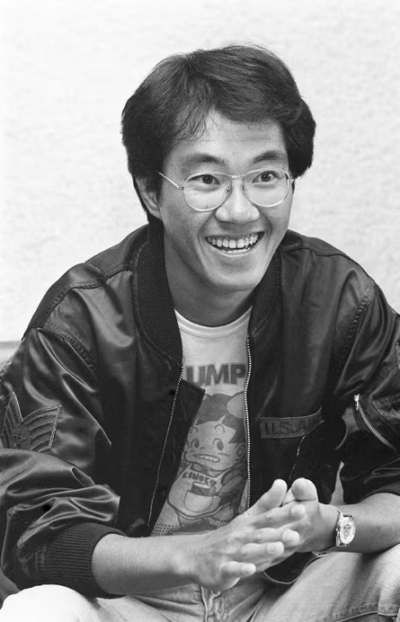 Perhaps I should have waited to submit this post. There’s no way I could process this loss in such a short time. The loss of a man who had such a profound impact on the global culture is too much. “Too much” what, I don’t know. It’s simply too much. This wasn’t supposed to be a eulogy.
Perhaps I should have waited to submit this post. There’s no way I could process this loss in such a short time. The loss of a man who had such a profound impact on the global culture is too much. “Too much” what, I don’t know. It’s simply too much. This wasn’t supposed to be a eulogy.
Sensei was 68 years old at the time of his death. In those years, he gave so much to the world. When he was publishing weekly, he did it all with a single assistant, while nowadays, it’s standard for mangaka to have a full team. He worked so hard to affect so many people. He started out making silly little comics and ended up connecting the world with characters that resonated with multiple disparate cultures across the globe. Regardless of race, creed, religion, culture or color, everyone loves Goku. There’s something beautiful about that.
Even given all the time in the world, my words alone would be insufficient to honor his legacy. So, let me share the words of a few others:
- This 2019 article by Anthony Gramgulia is an excellent breakdown of Dragon Ball Z’s relationship with masculinity.
- Tumblr user medakakurokami gives an equally excellent breakdown of Toriyama-sensei’s art in the context of fight scenes.
- And another Tumblr user, shihlun, reminds us of Toriyama-sensei’s idea of Heaven.
And while Toriyama-sensei’s art was impactful, let’s not forget the man who lost his life. He had flaws. He has loved ones. And he will always have the respect of many friends who miss him dearly.
Thank you, Sensei. May your next life be a peaceful one.

